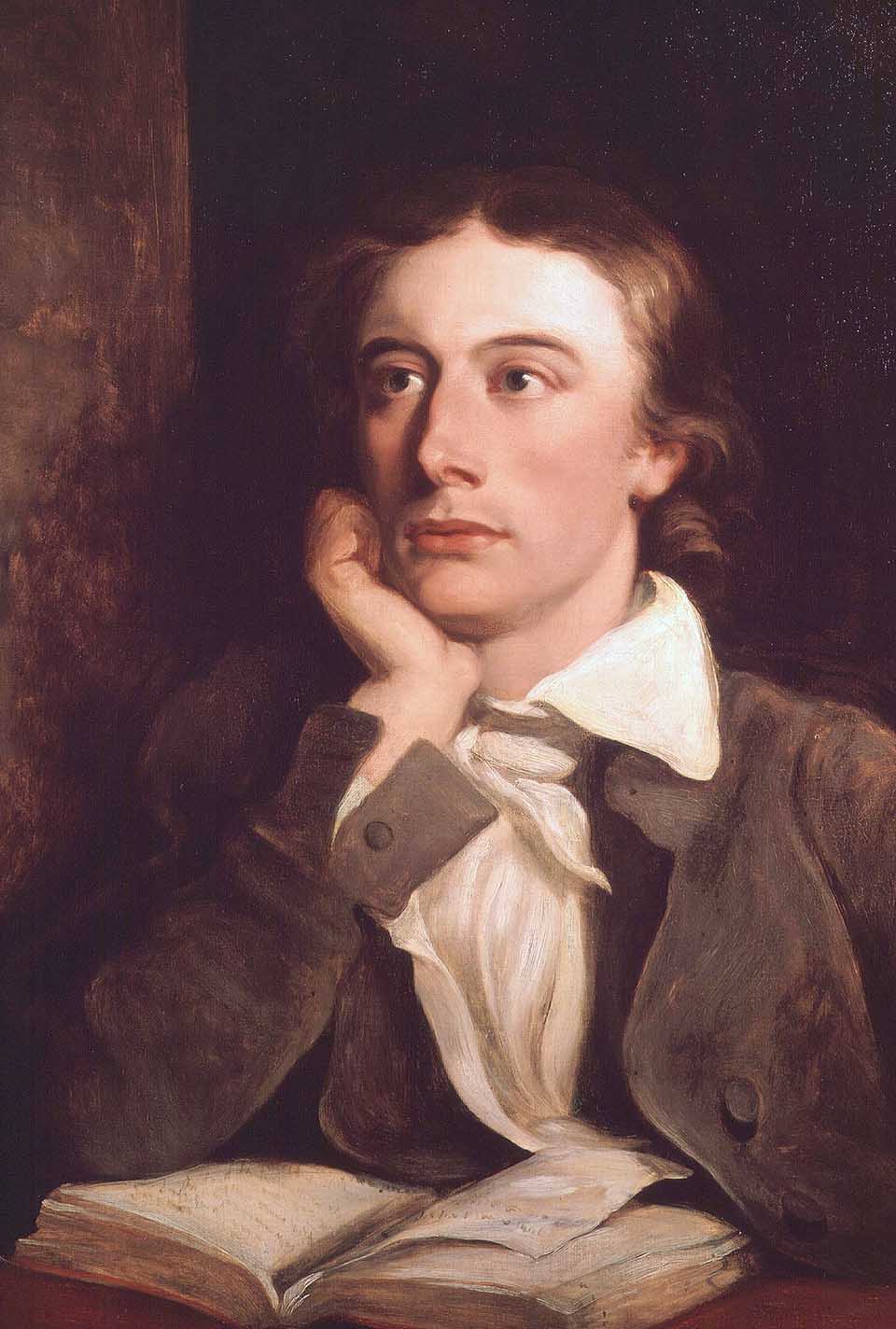
Perhaps as far as you are concerned, September is just another month. These days, it’s much the same for me. But in bygone times when I was still a teenager in The Old Country, September was marked with a certain sense of despondency. For one thing it meant going back to school after the long summer holiday, which by the end of August was becoming a fading memory. Not that I disliked school of course, but if there had been a choice of being at school or being on holiday it wouldn’t have taken long to decide. On our small grey island, September marked the end of summer’s lukewarm heat and heralded the damp, chilly autumn when unforgiving southerly gales would begin to sweep in from the Irish Sea.
It was indeed “the season of mists and mellow fruitfulness” as John Keats wrote in September 1819. He’d gone for a country stroll near the old English town of Winchester and the poem entitled To Autumn was the result. It was one of his last poems. The following year, with increasingly serious symptoms of tuberculosis, which in those days was incurable, he went to Rome in search of a warmer climate, but fell victim to the disease and died in February, 1821. He was twenty-five.
Keats’s father died after an accident when the boy was eight and his mother died of tuberculosis six years later. Keats trained to become a surgeon and eventually received his surgeon’s license but poetry was his passion. Oddly enough, Keats’s poetry was not much appreciated during his lifetime, but by the end of the nineteenth century he had become one of the best loved of all English poets.
Autumn has inspired many poems, notably works by Shelley, Yeats, Robert Louis Stevenson and W. H. Auden. Painters too. “Autumn is an extremely picturesque season,” write art historian Isabella Meyer, “and it’s no surprise that painters feel compelled to capture the colours of the moment in their paintings. Autumn art is full of yellows, reds, oranges, and often a warm golden hue, which makes autumn landscape paintings stand out from other seasonal artworks.”
William Alwyn (1905-1985): Autumn Legend. Royal Liverpool Philharmonic Orchestra cond. David Lloyd-Jones. (Duration: 10:50; Video: 480p HD) (Audio only with visuals)
Many composers have been attracted by the melancholy moods that Autumn so often brings. Willian Alwyn studied flute and composition at London’s Royal Academy of Music. He later returned there as Professor of Composition, a position which he held for nearly thirty years. He was also a flautist in the London Symphony Orchestra but he’s especially associated with film music because he completed nearly two hundred film music scores. These include classic movies such as Odd Man Out, Desert Victory, Fires Were Started, The History of Mr. Polly, The Fallen Idol and The Crimson Pirate. Few people know that William Alwyn also wrote five symphonies, four operas, as well as several concertos and string quartets. As if that weren’t enough, he was also a poet and an artist. He couldn’t have had much spare time on his hands.
Autumn Legend dates from 1954 and is scored for cor anglais and small orchestra. The cor anglais is a kind of tenor oboe and sometimes known as an English horn; a rather inappropriate name really because it’s neither English nor a horn. But music is full of curious inconsistencies like this. This short but expressive work has a Debussy-like impressionist feel to it; a “season of mists” indeed. There’s even a hint of Stravinsky-like tonality (think Rite of Spring) in the writing. The dark, plaintive tone-colour of the cor anglais brings reminders of that other evocative but somewhat gloomy work by Sibelius, The Swan of Tuonela.
Edvard Grieg (1843-1907): Overture – In Autumn, Op 11. Strathmere Festival Orchestra cond. Per Brevig. (Duration: 12:08; Video: 480p)
Grieg’s vision of a Norwegian autumn is a bit more optimistic than that of Alwyn. On a visit to Copenhagen, the twenty-two-year-old Grieg showed the score of this overture to Niels Gade, the conductor, composer, violinist and organist who was considered the most influential Danish musician of his day. On seeing the music, Gade is said to have uncharitably remarked, “This is rubbish, Grieg. Go home and write something better.” Grieg did as he was told and recast the work as a piano duet. He entered the new arrangement in a competition organised by the Swedish Academy and, presumably to his delight, it won first prize. Ironically, one of the judges was Niels Gade who, to his credit, helped Grieg’s musical career and played a major role in bringing international recognition to Scandinavian music. This orchestrated version dates from 1865 and it shows remarkable composing and orchestration skills. Although it’s a youthful work, it exudes infectious charm and has some lovely lyrical moments, finely-wrought melodies and a satisfyingly triumphant conclusion.






